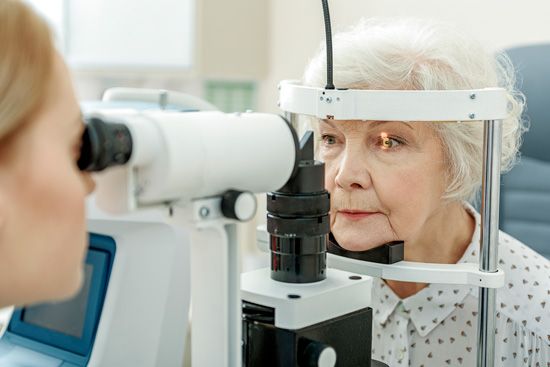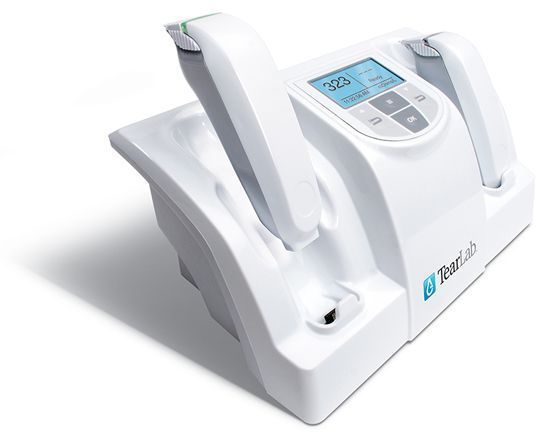DRY EYE AND LACRIMATION

What is Dry Eye Syndrome?
It is a common condition that occurs when the eyes do not produce enough tears, these are of poor quality or evaporates too quickly.
Causes
- Age: although it can be observed at any age, the chances of suffering dry eye increase with age and is more frequent in women.
- Hormonal changes: menopause, contraceptives, pregnancy.
- Environmental factors: wind, sun, environmental dryness.
- Medications: Antihistamines, antidepressants, B-blockers, diuretics.
- Certain ocular interventions.
- Use of contact lenses.
- Certain systemic diseases (Sjögren, Rheumatoid Arthritis, Lupus Erythematosus).
- Blepharitis (inflammation of the eyelids).
- Some ocular surface scaring diseases.
Symptoms
- Sensation of having “sand inside the eyes”.
- Itchy eyes.
- Red eyes.
- Blurred vision that improves after blinking.
- Tearing: paradoxically the eye tries to protect itself thanks to a tearing reflex.
Diagnosis
The diagnosis of dry eye can be made thanks to the use of specific dyes (fluorescein) to assess whether there is damage to the ocular surface and calculate the time it takes the tear film to “break” (tear film rupture time). You can also calculate the amount of tear produced with strips of paper left inside the lower eyelid for a few minutes (Schirmer’s test).
Currently we have the best and most objective test for the detection of dry eye: THE LACRIMAL OSMOLARITY TEST that calculates the tear concentration.

Lacrimal osmolarity detection system Tear Lab
Treatment
It is important to treat the possible underlying cause of ocular dryness (systemic disease, blepharitis, environment (humidifier, glasses)). In the case of reading or using a computer, it is recommended to rest and try to increase the frequency of voluntary blinking.
Artificial tears are the most used treatment. Depending on each case you can also use anti-inflammatory drugs such as corticosteroids, cyclosporine, use of autologous serum, systemic treatments with capsules rich in Omega3 …
It is necessary to individualize the treatment according to the characteristics of each patient, so it is advisable to consult a specialist.
Lacrimation or Epiphora
Why do the eyes water?
The eyes can water for many reasons, but usually it is due to an excess in tear production or a difficulty in their drainage or production.
Difficulty to drain
Obstruction: usually this anomaly in the drainage is due to an obstruction in some area of the lacrimal way (conduit that goes from the eye to the nose).
In new-borns, it is usually the result of an immaturity in the functionality of this drainage system. It usually corrects itself over time, but in the case that it generates eye infections or is not corrected, a surgical opening should be evaluated, usually by means of a catheter.
In adults, it usually happens over time. It is usually more frequent in women over 50 years old. Sometimes it can produce infections at the level of the lacrimal sac, pathology that is called dacryocystitis. In most cases, if there is a complete obstruction, it is necessary to perform a new duct: Dacryocystorhinostomy
Anomalies in the pumping or suction of the tear towards the tear duct: In the majority of cases it is due to an alteration in the position of the eyelids, which is why the correction of this malposition is vital.
Excess in its production
Many times, there is an excess in production by irritative processes of the ocular surface. Faced with these irritative processes, the eye responds by secreting tears with the intention of protecting itself. In fact, although it seems paradoxical, one of the main causes of tearing is just dry eyes, so the importance of using artificial tears.
 932 528 570
932 528 570